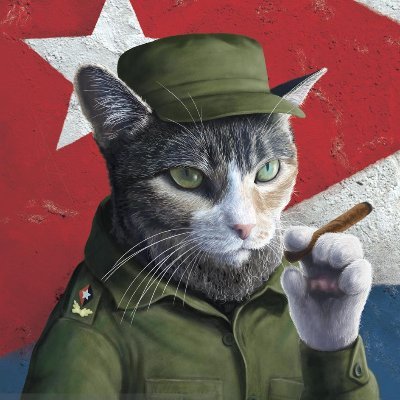The truth is that the war against Hitler in Europe was fought mainly by the USSR and the Red Army. For most of the war the British and Americans were mere spectators. Following the invasion of the Soviet Union in the Summer of 1941, Moscow repeatedly demanded the opening of a second front against Germany. But Churchill was in no hurry to oblige them. The reason for this was not so much military as political. The policies and tactics of the British and American ruling class in the Second World War were not at all dictated by a love of democracy or hatred of fascism, as the official propaganda wants us to believe, but by class interests. When Hitler invaded the USSR in 1941, the British ruling class calculated that the Soviet Union would be defeated by Germany, but that in the process Germany would be so enfeebled that it would be possible to step in and kill two birds with one stone. It is likely that the strategists in Washington were thinking on more or less similar lines.
But the plans of both the British and US ruling circles were fundamentally flawed. Instead of being defeated by Nazi Germany, the Soviet Union fought back and inflicted a decisive defeat on Hitler’s armies. The reason for this extraordinary victory can never be admitted by the defenders of capitalism, but it is a self-evident fact. The existence of a nationalised planned economy gave the USSR an enormous advantage in the war. In 1943 alone, the USSR produced 130,000 pieces of artillery, 24,000 tanks and self-propelled guns, 29,900 combat aircraft. The Nazis, with all the huge resources of Europe behind them, also stepped up production, turning out 73,000 pieces of artillery, 10,700 tanks and assault guns and 19,300 combat aircraft. . . These figures speak for themselves. The USSR, by mobilising the immense power of a planned economy, managed to out-produce and outgun the mighty Wehrmacht. That is the secret of its success.
The real turning point of the War was the Soviet counteroffensive in 1942, culminating in the Battle of Stalingrad and later in the even more decisive Battle of Kursk. After a ferocious battle lasting one week, the German resistance collapsed. To the fury of Hitler, who had ordered the Sixth Army to “fight to the death,” General Paulus surrendered to the Soviet army. Even Churchill, that rabid anti-Communist, was compelled to admit that the Red Army had “torn the guts out of the German army” at Stalingrad. . .
Far more than the Normandy landings, the battle of Kursk in July 1943 was the most decisive battle of the Second War. The German army lost over 400 tanks in this epic struggle. After this shattering blow, the Russian armies began to push the Germans on a long front back towards the west. This was the greatest military offensive in all of history. It immediately caused the alarm bells to ring in London and Washington. The real reason for the Normandy landings was that if the British and Americans had not immediately opened the second front in France, they would have met the Red Army on the Channel.
In August 1943 Churchill and Roosevelt met in Quebec against the background of a powerful Soviet offensive. The Soviet victories at Stalingrad and Kursk forced the British and Americans to act. The remorseless Soviet advance obliged even Churchill to reconsider his position. Reluctantly, Churchill gave in to the insistent demands of the American President. Even so, the opening of the second front was delayed until the Spring of 1944. All along the conduct of the war by the British and US imperialists was dictated, not by the need to defeat fascism and defend democracy, but by the cynical considerations of great power politics.
Celebrations around the anniversary of D-day [are] designed to perpetuate a myth. The Normandy landings did not end the Second World War in Europe, which was fought and won on the eastern front. To say this is not to belittle the courage of the British and American troops. The soldiers who had to endure the Normandy landings went through hell. According to figures issued by Supreme Headquarters, Allied casualties in the first 15 days of battle totalled 40,549. The British lost 1,842 killed, 8,599 wounded, and 3,131 missing. The Americans lost 3,082 killed, 13,121 wounded, and 7,959 missing. The Canadians lost 363 killed, 1,359 wounded and 1,093 missing. This was bad enough Yet it does not bear comparison with the appalling losses suffered on the eastern front.
All the peoples paid a terrible price for the War. Britain’s casualties totalled 370,000, the USA, 300,000. But the Soviet Union lost a staggering 27 millions – about half of all the casualties of the Second World War. According to one estimate, even before the Normandy landings, 90 percent of all young men between the age of 18 and 21 in the Soviet Union had already been killed. These chilling figures accurately express the real situation. They show that the people of the Soviet Union suffered a disproportionate number of casualties, because the main front in Europe was the eastern front
Link (yes he’s a Trot but it’s still a good take)
Anyone who loves freedom owes such a debt to the Red Army that it can never be repaid.
—Ernest Hemingway


